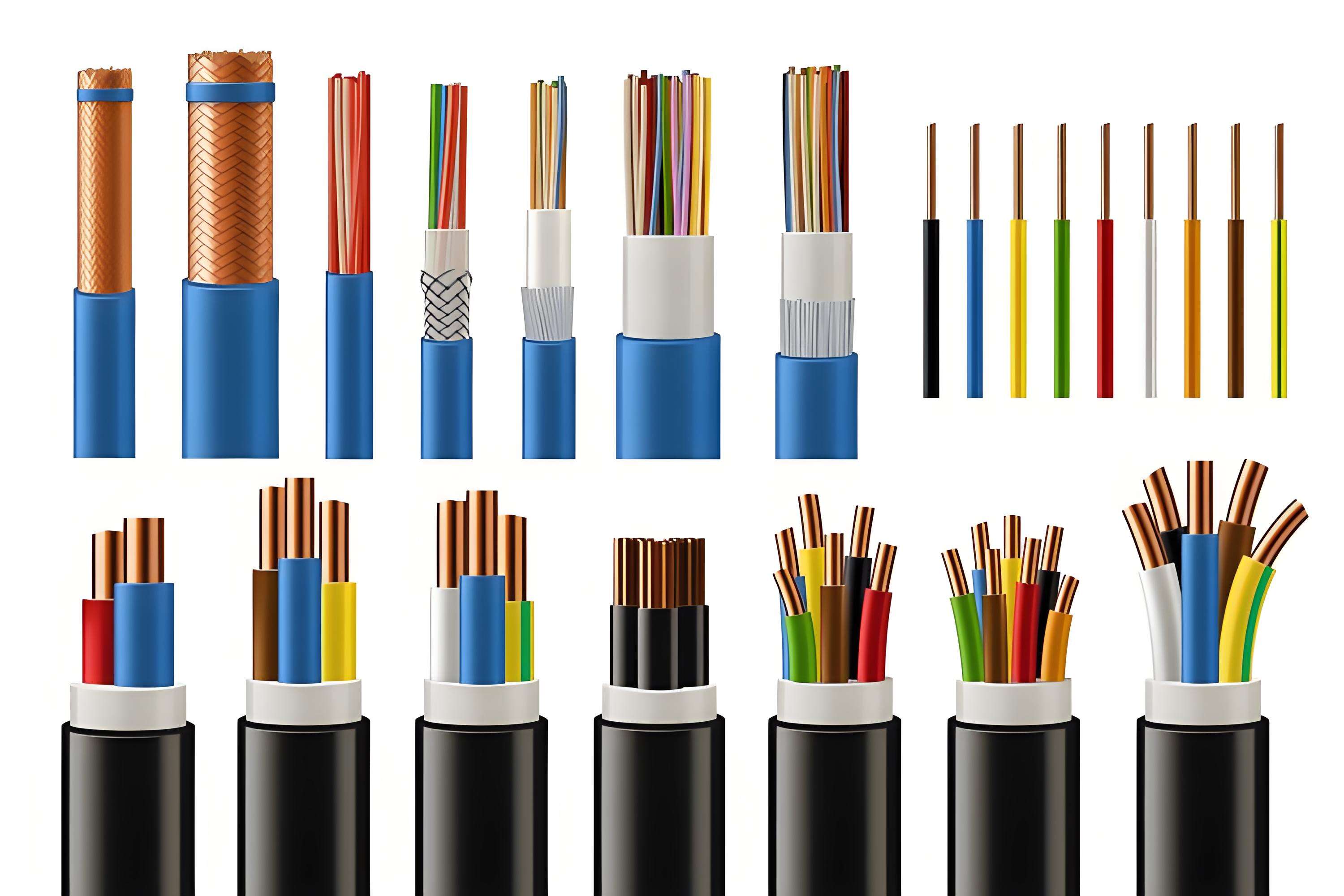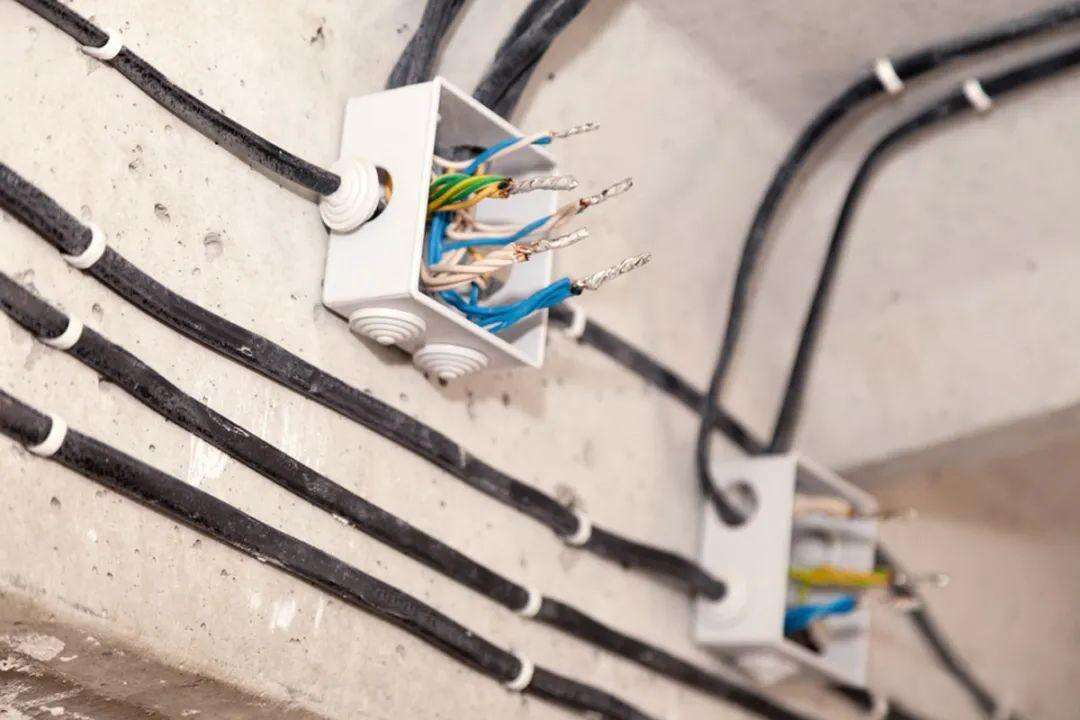Indoor wires and outdoor cables have distinct characteristics tailored to their respective environments. Indoor wires are designed to operate within the controlled conditions of buildings, where they are typically protected from harsh weather elements. They often prioritize safety features such as flame retardancy and low - smoke emissions to minimize fire risks and protect occupants in case of an electrical malfunction. Indoor wires also focus on flexibility for easy installation in walls, ceilings, and tight spaces, with insulation materials like PVC or cross - linked polyethylene providing reliable electrical insulation. In contrast, outdoor cables must endure a wide range of environmental challenges, including UV radiation, moisture, extreme temperatures, and mechanical impacts. To combat these factors, outdoor cables are constructed with durable, UV - resistant sheathing materials, waterproof insulation, and sometimes additional armoring for protection against physical damage. They also need to have higher resistance to temperature fluctuations to maintain consistent electrical performance. While indoor wires are often selected based on their ability to integrate seamlessly into building electrical systems, outdoor cables are chosen for their ruggedness and ability to withstand the rigors of the outdoor environment, ensuring reliable power and signal transmission in any weather condition.


